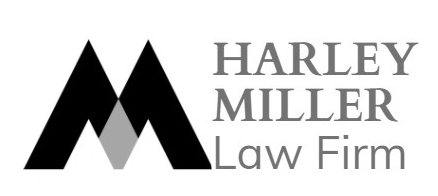If you want to protect your trademark in multiple countries, and you find the process of filing separate applications in each country to be complex and costly, you can file an international registration under the Madrid System, governed by two international treaties: the Madrid Agreement concerning the International Registration of Marks and the Madrid Protocol. While some countries may be members of both treaties, others are only members of one of them. This system is managed by the International Bureau of WIPO to facilitate international trademark registration and publish the WIPO Gazette of International Marks.
International Application under the Madrid System
International trademark registration applications under the Madrid System can be filed by natural or legal persons with a real and effective industrial or commercial establishment in, or who are domiciled in, or are nationals of a member country of either the Madrid Agreement or the Madrid Protocol.
A trademark can be the subject of an international application only if it has already been registered (or, in the case of a Protocol application, if it has been filed) with the trademark office of the member country where the applicant has the necessary connection, known as the Office of Origin.
The key advantages of using the Madrid System include the ability to protect your trademark in multiple countries or member territories through a single application, using one language (English or French, although the Office of Origin may limit language options), paying a single fee in one currency. Moreover, changes related to international registration and renewals can be made through a single procedural step that has effect in all designated countries.
Trademark protection can be obtained in any member country of either the Agreement or the Protocol where there is an Office of Origin. Protection in other countries is achieved through subsequent designation.
Fees Under the Madrid System
When submitting an international trademark registration request, you will be required to pay the following fees:
- Basic Fee of 653 Swiss Francs (or 903 Swiss Francs if the trademark is in color).
- Or a standard designation fee of 73 Swiss Francs or a specific fee set by the relevant country for each designated country.
- A supplementary fee of 73 Swiss Francs for each additional class of goods and services beyond the third (though no supplementary fee applies if all designated countries apply individual fees).
An Office of Origin has the right to refuse protection of the trademark within its territory, based on grounds that may also result in refusal if the trademark registration were filed directly with that office. Refusals are communicated to the International Bureau and recorded in the International Register.
In principle, refusals must be made within 12 months from the date the Office of Origin receives the notification of the designation. However, for Protocol designations, this period can be extended to 18 months. A country may also declare that refusals may be based on oppositions filed after the 18-month period has expired, provided that the Office of Origin notifies the International Bureau of this possibility within the 18-month timeframe.
Therefore, by the end of the specified period, the applicant of an international trademark registration will know whether the trademark has been accepted for protection in the designated countries, whether protection has been refused in a particular country, or whether there is still a possibility of refusal based on opposition in a specific country. International trademark registrations are valid for 10 years and can be renewed for additional 10-year periods, subject to the payment of prescribed fees.





